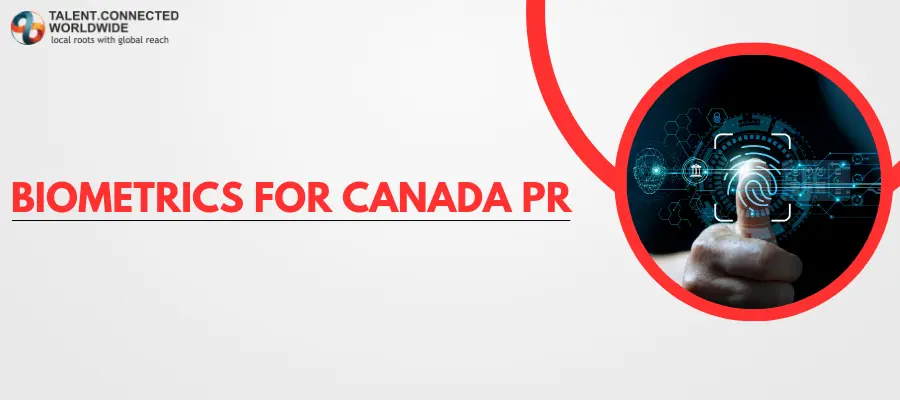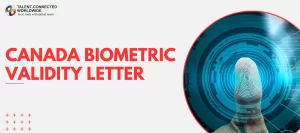
After biometrics for Canada visa, what’s next is the beginning of the process of your visa application. Biometric information consists of a person’s fingerprints and photograph. They are used to check the criminal background and immigration history of the individual.
What to expect after giving biometrics?
The process of submitting biometrics information starts from paying the fee which leads to submitting the visa application. The candidate receives a letter that instructs them where to submit their biometrics.
They would visit the biometric collection center where they could submit their photograph and their fingerprints.
Next Step After giving biometrics-
- Their study permit application starts processing.
- IRCC takes almost 20 calendar days to process the Student Direct Stream application after the submission of biometrics by the applicant.
- In case your application receives approval, you will receive a port of entry letter of introduction and an electronic travel authorization or a visitor visa.
- When you arrive at a Canadian port of entry, a visa officer will ensure that you meet all the requirements to enter the country. If everything is alright, the office will then print your study permit and you can enter Canada!
How to give biometrics?
The process of giving biometrics consists of three steps:
- Pay the biometric fee
- Receive an instruction letter that will tell you where to go to give biometrics
- Give your biometric information
Once you are done with this, you will receive a Canada biometric validity letter. This letter means IRCC has received your biometric information and you won’t need to give them again for the next 10 years!
What happens when you visit a biometric collection center?
When you visit a biometric collection center, IRCC collects the following data:-
- Fingerprints: The applicant’s fingerprints are captured electronically with the help of an electronic fingerprint-capture device
- Photograph: Applicant’s digital photograph
- Biographic data: The applicant’s name, date of birth, and other personal information which is available on their passport
What are Biometrics for Canada PR?
If you are entering Canada for the first time, meaning this is the first time you are applying for a Canada visa, you must give your biometric information. The biometric information consists of the person submitting their fingerprints as well as their photograph as a part of identification verification.
Once you give biometric information, you won’t need to give it again for the upcoming 10 years or so, as the government stores the information.
In this blog, we will talk about what happens after you give biometric information for the Student Direct Stream application.
Age requirement for biometric information submission for applicants
Applicants who are aged between 14-79 years of age need to give their biometric information.
Also, those who are applying under this need to give biometrics:
- Temporary residence applicants
- Permanent residence applicants
- Refugee protection claimants
Now you know what biometrics are, what to expect after giving biometrics, what information is collected when you visit a biometric collection center, and who is required to give them.
Let us know in the comments section if you have any questions about biometrics.





I when through my biometric process since no update about how am I going to get Canada visa
Hi Dennis Lamie Kamara, please share your contact number so that we can assist you better.